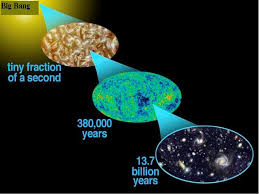Speaker
Описание
In this talk I shall be covering on the selected results from LHC and RHIC. I shall be covering spectra and correlations (flow) and also nuclear modification factor. I shall be discussing quarkonia flow in further detail. Due to the larger mass of the bottomonium states compared to the charmonium ones,the measurement of bottomonia production in proton-nucleus collisions allows a study of CNM effects in a differentkinematic regime, therefore complementing the J/Psi studies[1].For smaller systems like p+A and p+p we have less deeply bound bottomonia states and thus a comparatively larger chance to escape. This means that more states become measurable, which is a positive feature. On the other hand,it also means that the escape mechanism which underlies the anisotropic flow of bottomonia may become largely ineffective, in particular for the Upsilon(1S). Accordingly,the measurement of a sizable flow for Upsilon(1S) in small systems[1] would probably hint at the importance of initial-state correlations. Hence understanding small systems becomes very important and such studies will be also stressed and presented.[1] D. Das and N. Dutta, Int. J. Mod. Phys. A 33, no. 16, 1850092 (2018)

